Aug 04, 2025
Author:Lisa Martinez
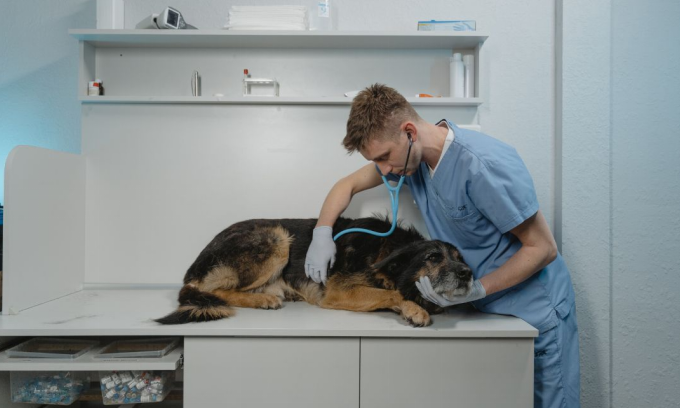
You toss a pill in your dog’s bowl. You think it’ll help. Maybe it will. Maybe it won’t. Benadryl’s talked about like it’s the fix for anything that itches or makes dogs anxious—but is it? Well, not always. And sometimes? It backfires.
So here’s the breakdown—what it’s good for, what it’s not, and how not to mess it up. No fluff. No contradictions.
Here’s what we’re covering:
● What symptoms actually respond to Benadryl
● How to tell when it’s safe or when it’s flat-out a bad idea
● Exactly how to match dosage with weight, form, and timing
Keep going if you’re tired of second-guessing whether that pink pill is doing your dog more harm than good.
What Benadryl Handles and Where It Falls Flat
Let’s keep this simple. Benadryl’s an antihistamine. Dogs get histamine flare-ups? This can help. But not everything’s a histamine issue. That’s where things go wrong.
Benadryl isn't a catch-all, but it can offer real relief—if you're dealing with the right kind of issue. Here’s where it tends to do what it’s supposed to.
● Allergic flare-ups: Think mild hives, face puffiness, sneezing, watery discharge—stuff from pollen, dust, or a weird snack.
● Bug bites: Swelling from a sting? Bee, wasp, spider? You might catch it early with a dose.
● Mild nerves or travel stress: Drowsiness from Benadryl sometimes takes the edge off. Helpful, but not a magic fix.
Other times, Benadryl looks like it should help—but it ends up doing nothing, or worse, delaying actual treatment. These are those cases.
● Chronic skin issues: Parasites, infections, hormonal problems—Benadryl masks, doesn’t solve.
● Eye problems: Red eyes aren’t always allergies. Dry-eye, glaucoma? You need vet care, not a pill.
● Serious reactions: Anaphylaxis? Gums go pale, dog collapses, breathing’s off? Skip the Benadryl. Go to the vet.
● Ongoing anxiety or pain: One-off sedative effect won’t solve deeper issues. You need behavior plans or actual prescriptions.
Scenarios Where Benadryl Might Be an Option
There are a few use cases where Benadryl might be worth trying—as long as you're working with mild symptoms and not skipping proper vet oversight. Here’s how that breaks down.
|
Use Case |
What It Helps |
Quick Note |
|
Seasonal allergies |
Sneezing, watery eyes, mild itch |
Might not work on every dog |
|
Insect sting |
Facial swelling, mild irritation |
Doesn’t replace professional care |
|
Short trips |
Nausea, mild calmness |
Use short-term only |
|
Light travel nerves |
Helps some dogs settle down |
Not for serious anxiety cases |
Benadryl’s not a long-haul plan. It’s a patch for mild cases. If stuff lingers, bring in a pro.
Benadryl Use — When It Makes Sense and When to Back Off
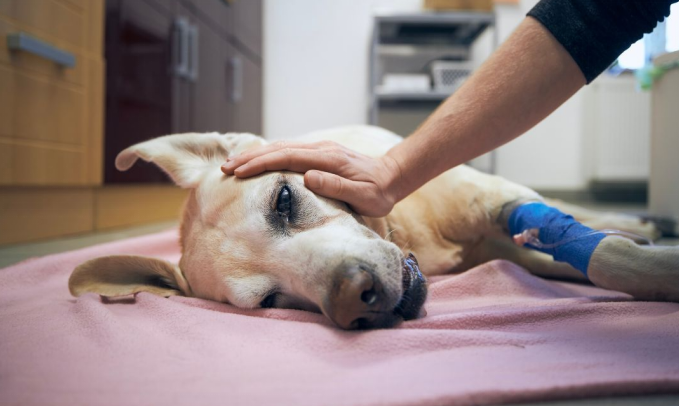
Benadryl isn’t always the bad guy. But it’s not always your answer either. Some dogs do fine with it. Others? Not so much.
Benadryl has its place—but that place depends on the setup. If your dog checks these boxes, you’re probably on safe ground.
● Single-ingredient diphenhydramine with no xylitol or extras.
● Itchy or sneezy dog with light symptoms—and you’ve cleared it with your vet.
● Situational use—motion sickness, occasional stress—not routine sedation.
Still, don’t skip the call to the vet, especially if something’s off or long-lasting.
Here’s where things can go sideways. Benadryl’s not always the smart play. Sometimes it’s the last thing your dog needs.
● Underlying stuff like high blood pressure, glaucoma, trouble peeing, liver or kidney concerns, or meds like MAOIs? Yeah, big red flags.
● Tiny pups—or dogs who’ve reacted badly before? Don’t test it.
● Already giving them sedatives or calming aids? Piling Benadryl on top could push it too far.
So yeah—run it by your vet first. Better safe than scrambling.
What to Watch After Giving It
Once you've given the dose, don’t just walk away and forget it. Dogs react differently, and you’ll want to catch anything unusual fast. These are the usual reactions to look out for.
Common effects:
● Mild tummy upset
● Slow to pee
Red flags:
● Wired instead of calm
● Fast breathing, heart pounding
● Wide eyes, no appetite
● Full-on hives or worsening reactions
Things to Catch Fast
Sometimes, the effects show up subtly—but they still matter. Here’s a breakdown of issues that signal Benadryl isn’t doing what you hoped.
|
Problem Showing Up |
What You’ll See |
|
Still itchy or sneezy |
No improvement after dose |
|
Gut not happy |
Vomiting, bad poops, no appetite |
|
Not drowsy, just wild |
Over-, hyper, pacing |
|
Dose too high |
Shaky, heart races, eyes dilate |
|
New allergic reaction |
Swelling, wheezing, red skin |
If It’s Getting Worse
Things start okay. Then shift. Fast. If that happens, don’t guess your way through it. Here’s what to do when things don’t sit right.
● Symptoms drag on or return quickly? Red flag.
● Side effects hit harder than expected? Don’t wait.
● First, it helps, and then your dog thanks you. Stop dosing, get help.
Skip the guesswork. Call the vet. Don’t try to fix it at home.
Dosing Right Without Guessing
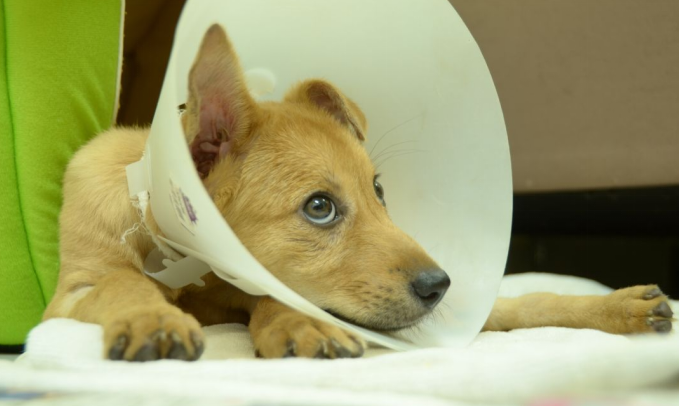
Benadryl works best when the numbers add up. Too much? Trouble. Too little? Pointless. You’ll need to know the weight, the right type, and the timing.
The Math (Keep It Simple)
The general dose is 1 mg per pound of weight. So a 40-pound dog = 40 mg. That’s once every 8 to 12 hours, no more than three times a day.
Picking the Right Form
Not all Benadryl products are dog-safe. Go with these:
● Plain tablets: Must say diphenhydramine only. No cold or sinus extras.
● Liquid: Alcohol-free. Watch concentrations—some are stronger than others.
● Kids’ formulas: Can work for small dogs. Lower strength, but still check with your vet.
Don’t eyeball it. Use a syringe or vet-dose tool. Hide pills in food if needed.
Sticking to the Schedule
Consistency matters. That means:
● Every 8–12 hours, stick to it.
● Missed a dose? Don’t double the next.
● Track doses. In households with multiple people, this avoids stacking.
Making Routine Easier
You can sync dosing with meals to simplify things. Using something like the WOpet Heritage View Automatic Pet Feeder can help lock in that timing. It automates feeding times, and the built-in cam lets you confirm your dog actually ate—good if the medication goes with food.
Takes some of the guesswork off your plate, especially if you’re managing schedules remotely.
No More Guessing, No More Overreacting
Benadryl’s helpful—sometimes. But knowing the when and how makes the difference. Used smartly, it fits into a calm, controlled routine.
● Focus on symptoms that actually respond
● Spot what doesn't improve or gets worse
● Stick to measured doses, forms, and timing
● Steer clear of risky combos and extra ingredients
● Use feeding tools to stay consistent
Benadryl for dogs can play a helpful role—when it’s treated like medicine, not magic. Get the structure right. Track the results. And if your gut says something’s off? Trust it. Call your vet.
Label:
Popular Post

What to Feed a Sick Dog With No Appetite? [2025 Guide]
May 16, 2023
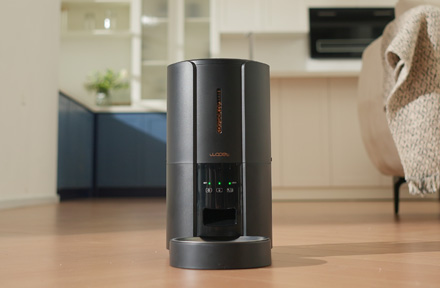
Troubleshooting Common Issues with Automatic Pet Feeders: Tips & Tricks for Pet Owners
Oct 26, 2023
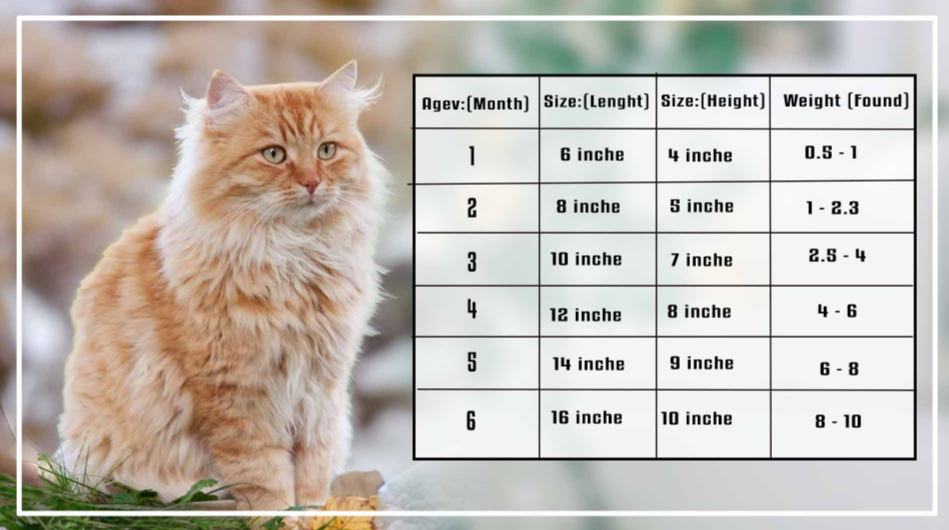
What is a standard Cat Weight chart by age Kg?
Mar 19, 2025

Why Does My Cat Cough After Drinking Water? 8 Potential Reasons
Mar 13, 2023

Why is My Cat Throwing up Water? Top 5 Causes Here
Feb 08, 2023
$109.99
$129.99
Copyright © 2025 WOPET. All Rights Reserved.